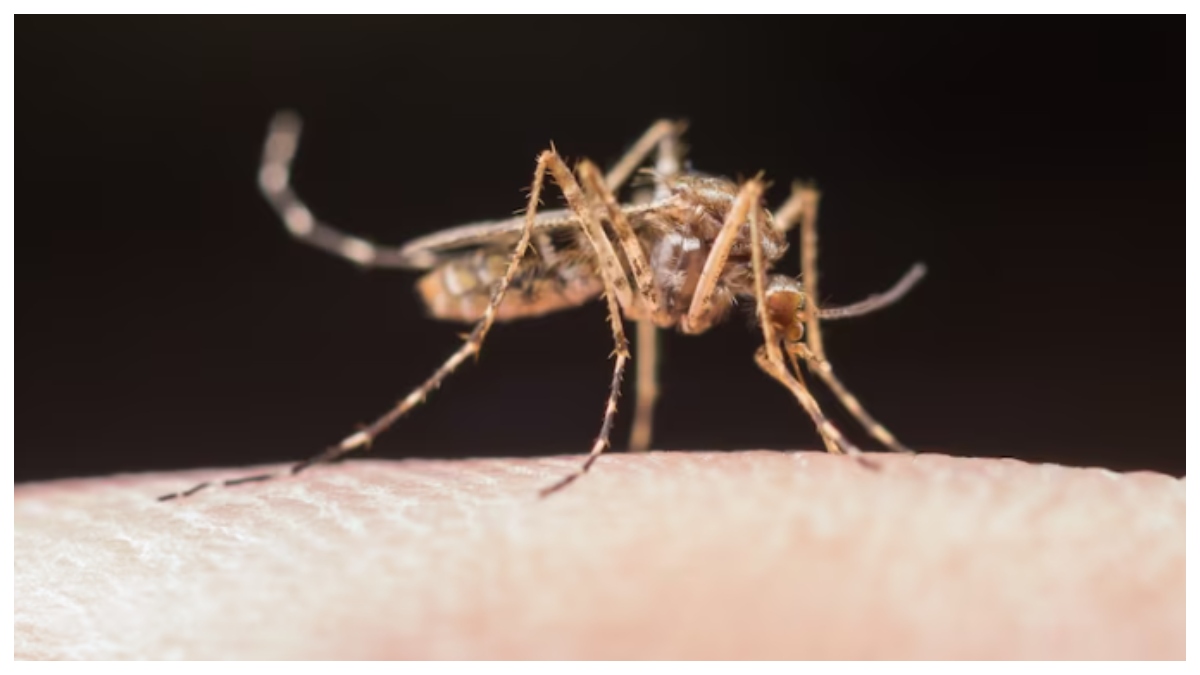What is Blue Zone Diet? Understanding its benefits
Lifestyle
The Blue Zone Diet is a shining example of wisdom in our pursuit of longevity and well-being.
It shows a path paved with wisdom, derived from global communities where residents enjoy robust health and extended lifespans.
These enclaves, labeled “Blue Zones,” have captivated the interest of researchers eager to unravel the secrets embedded in the food and lifestyle habits responsible for their exceptional longevity.
What are Blue Zones?
Blue Zones are regions where people exhibit a higher-than-average life expectancy and a lower incidence of age-related diseases.
The concept was popularized by National Geographic Fellow and author Dan Buettner, who identified mainly five regions in the world as Blue Zones.
These include Ikaria, Greece; Okinawa, Japan; Sardinia, Italy; Nicoya Peninsula, Costa Rica; and Loma Linda, California, the United States.
Principles of the diet
The Blue Zone Diet emphasizes a plant-centric approach, focusing on fruits, vegetables, legumes, and whole grains. Meat, alcohol, and processed foods are consumed in a limited fashion.
The communal aspect of meals is a significant feature in Blue Zones. Sharing meals with family and friends fosters a sense of community and contributes to the enjoyment of food.
Engaging in physical activities is also recommended.
Benefits of the diet
The primary goal of the Blue Zone Diet is to promote a longer and healthier life. It is a sustainable eating plan that can be followed for the long term without feeling confined or constrained, in contrast to fad diets that emphasize rapid weight loss.
The plant-centric, whole-foods approach of the Blue Zone Diet, combined with mindful eating practices, supports healthy weight management.
Challenges of the diet
It could be difficult to stick to the Blue Zone Diet for people who are used to a diet heavy on animal protein.
It is still possible to adhere to this diet while including tiny amounts of protein a few times per week.
Furthermore, a plant-based diet that emphasizes whole foods may be more costly than one that is heavy in processed foods.






































